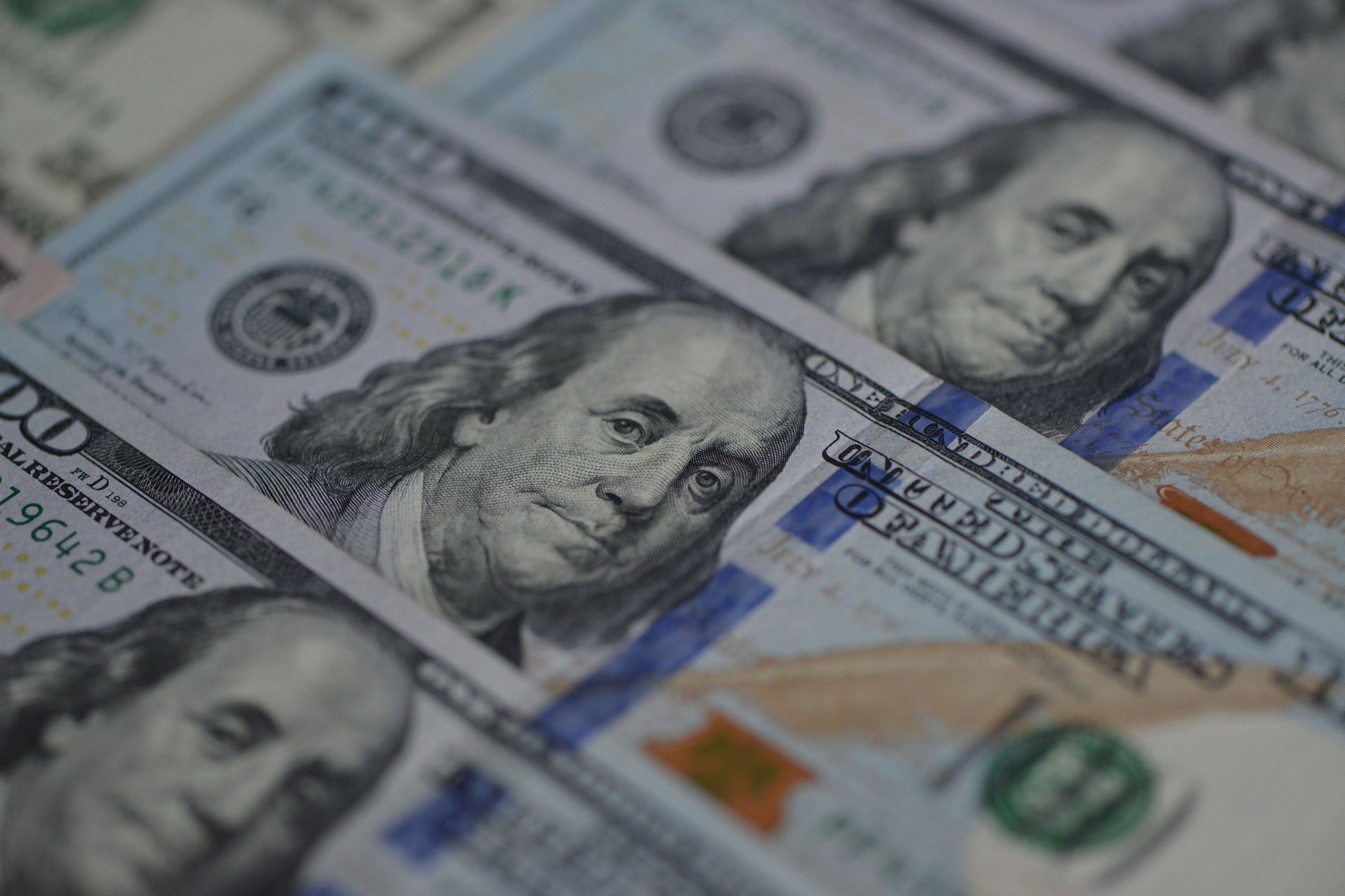Americans are stashing more cash — just not in their bank accounts
Total cash reserves are actually up, thanks to more people using CDs, brokerages, and money market funds

Photo by Costfoto/NurPhoto via Getty Images
It might look like Americans are running low on cash — but a closer look tells a different story.
Suggested Reading
New research from the JPMorgan Chase Institute shows that while checking and savings account balances are still sluggish, many people are quietly shifting their money into other types of accounts that offer better returns — like brokerage accounts, money market funds, and CDs. And that shift may help explain why consumer spending has remained surprisingly strong, even after a stretch of high inflation and economic uncertainty.
Related Content
It’s not just about bank accounts anymore
The Institute analyzed data from 4.7 million Chase households and found that when you factor in these higher-yield accounts, total cash reserves are actually on the rise. Since mid-2024, they’ve been growing at a rate of about 3% to 5% per year — getting closer to the historical trends we’d expect in a healthy economy.
Chris Wheat, president of the JPMorgan Chase Institute, said this broader view of cash explains what’s been confusing economists for months. “Families across many income bands are now seeing a turnaround in their total cash,” Wheat said. “It turns out people haven’t stopped saving — they’re just saving differently.”
Why this is happening now
With interest rates still elevated, keeping cash in a checking account that pays little (or no) interest isn’t as appealing. So more Americans are moving money into accounts that work harder for them — without locking it away long-term.
What’s notable is that these aren’t necessarily investment plays. Most people aren’t dumping their savings into the stock market. Instead, they’re being more strategic with where they park their cash — optimizing for flexibility and a bit of income along the way.
Lower-income households are leading the way
One unexpected finding? Low-income households are driving a lot of this change. Those earning under $35,000 per year saw the biggest boost in their total cash reserves — growing by 5% to 6% annually. While their checking balances are still relatively small (around $1,000), they’re making smart moves with the cash they have.
Meanwhile, higher-income households — those with median balances over $8,000 — are still seeing small declines in their bank accounts, but that’s likely because they’re reallocating to other financial vehicles.
What this means going forward
The report offers a more nuanced view of household financial health. Yes, traditional bank balances are still below where they “should” be. But when you take into account the full picture — across bank accounts, investment platforms, and other cash-like holdings — Americans are doing a better job of navigating today’s economic landscape than it may first appear.
Whether this trend continues is still up in the air. But for now, it suggests that people are adapting — making the most of high interest rates, staying nimble, and rethinking what it means to “save.”
